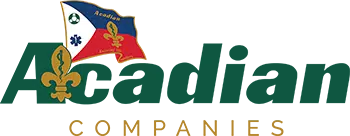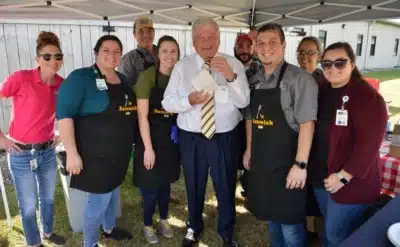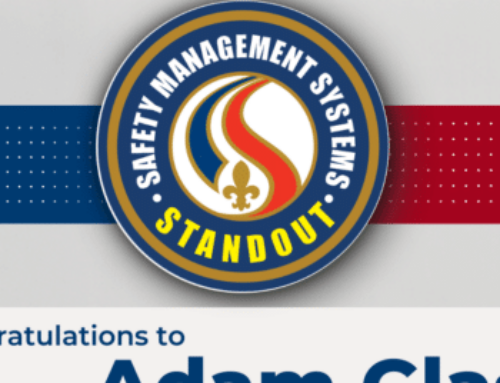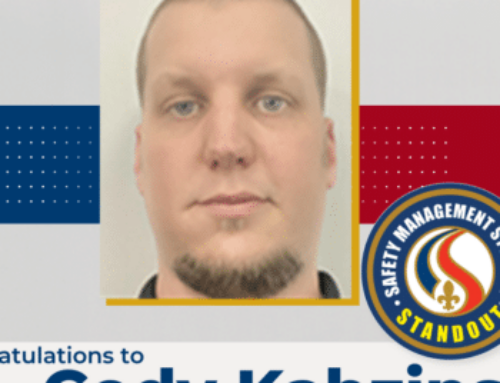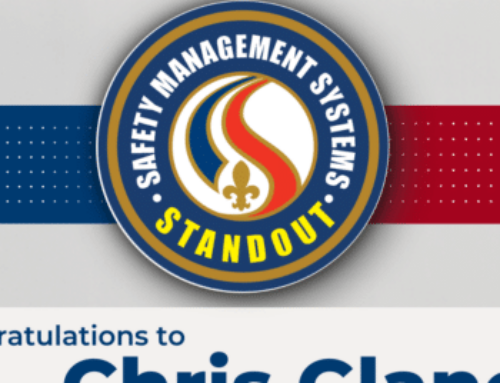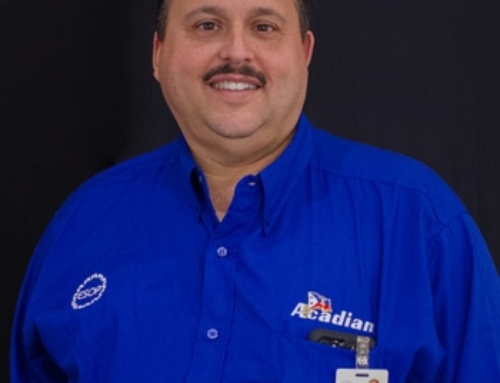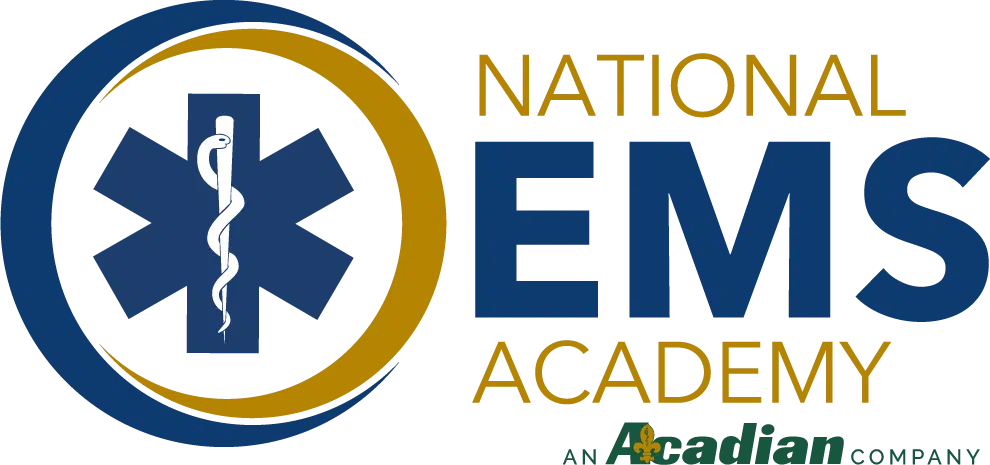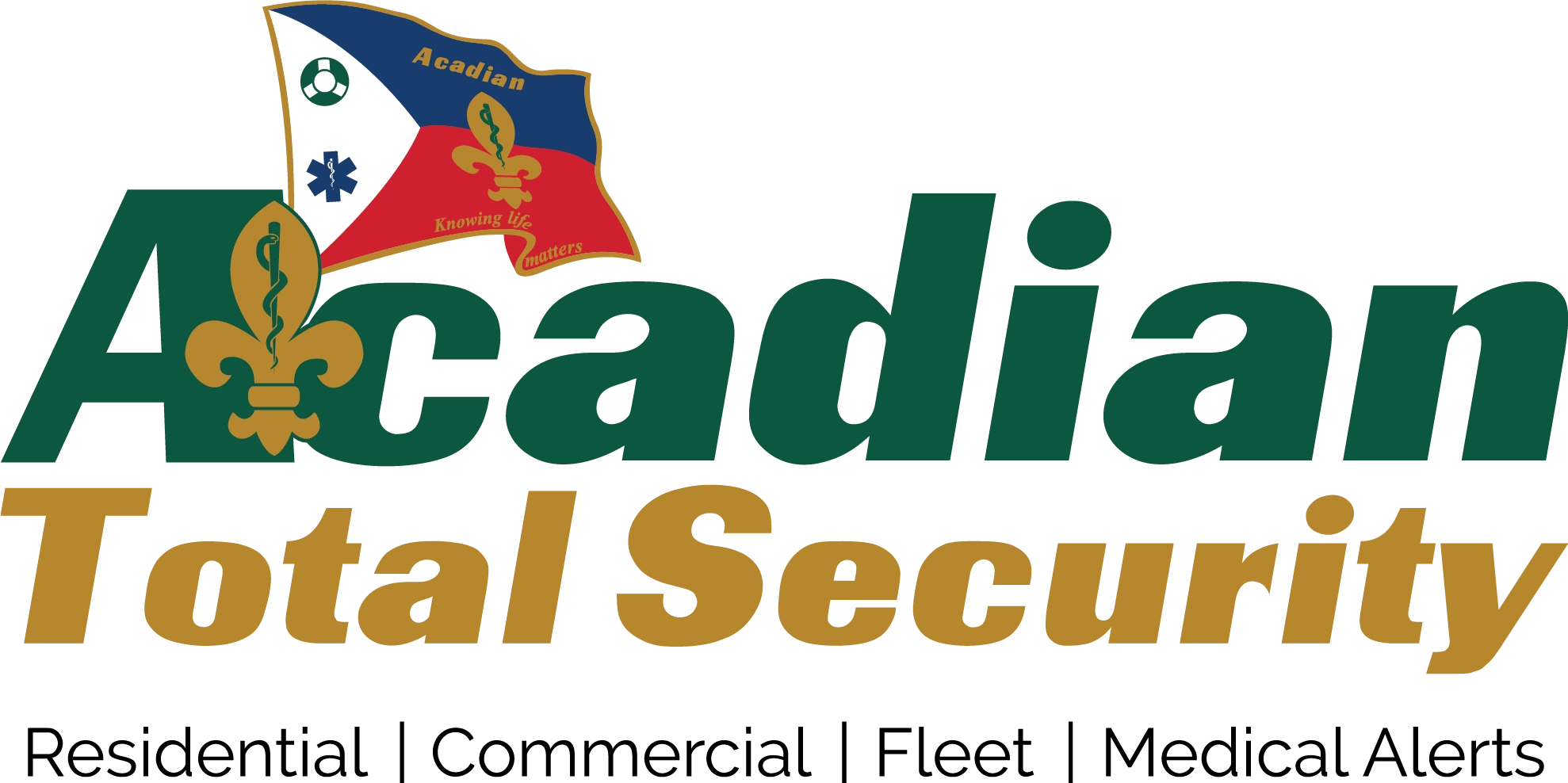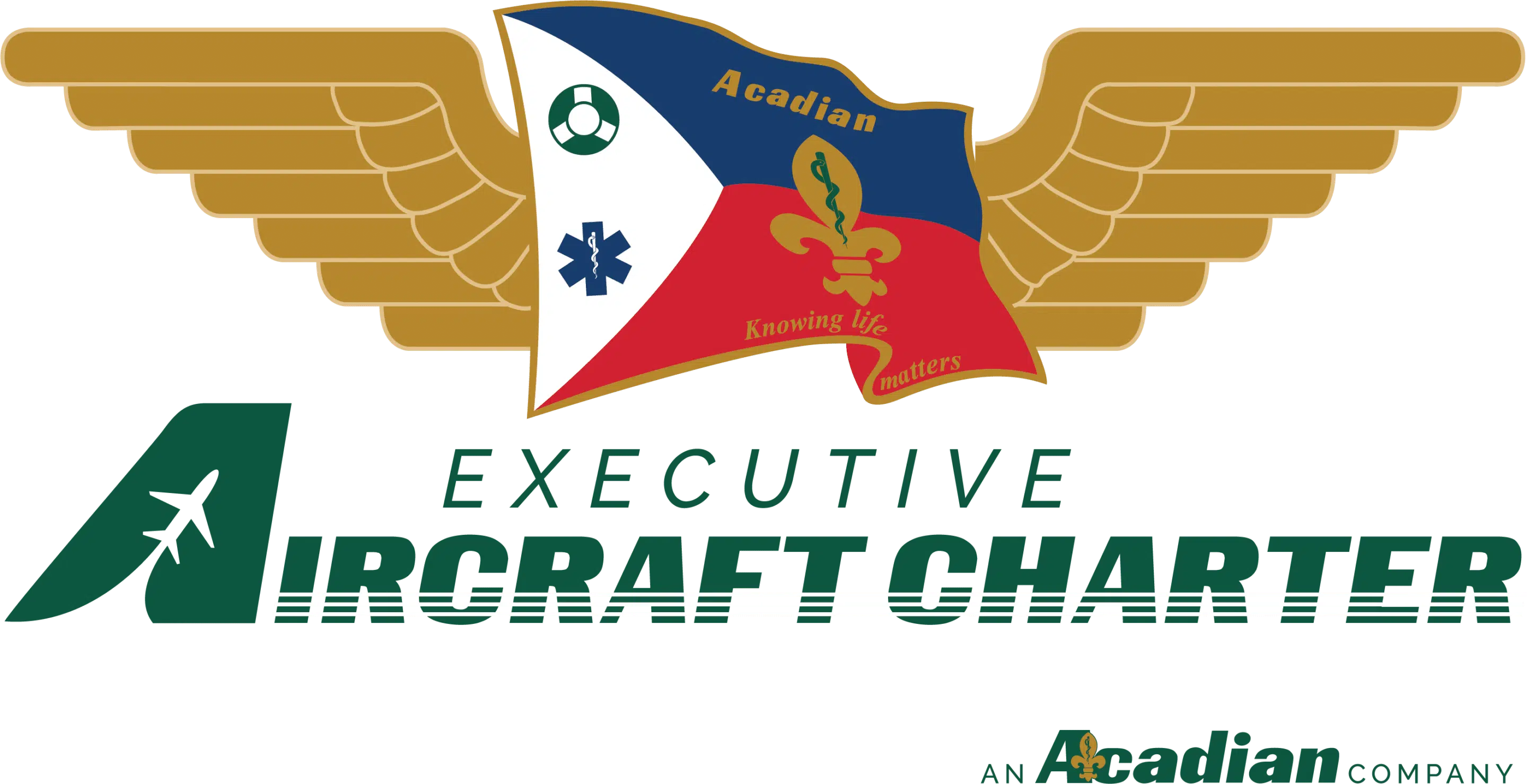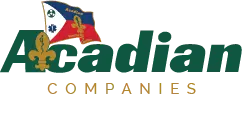
Watch the video here.
Video Transcript:
When hurricanes Katrina and Rita hit the Gulf Coast in the summer of 2005, Acadian’s people and resources were put to the ultimate test. The tenth anniversary of these devastating storms has brought back many emotions for me. I am proud when I receive compliments and praise for Acadian’s response. I am sorrowful when I think about the lives that were lost. I am grateful that we were able to help so many in their time of need. But mostly, I’m honored – honored to be part of the Acadian team who faced unimaginable challenges, but remained professional and focused to treat their patients and care for their fellow man. The storms, and their aftermath, placed a mark on us that we will never forget.
We were also fortunate to work hand in hand with so many other first responders from police, fire and EMS agencies from across the nation. It was the teamwork of these dedicated professionals that really made a difference. In the first five days following Katrina, we assisted and coordinated in the medical evacuation of more than 5,000 people in the New Orleans area.
Acadian has had many milestones in our 45 year history, but our response to Katrina and Rita is one of our defining moments.
Each of us have stories about our individual experiences during the storms. Even today, I hear stories about our team members actions that I hadn’t heard before, and I’m always impressed by the innovation and “can do” attitude of our people.
- Air Med flight personnel creating makeshift landing zones by using chain saws to cut down light poles on top of a parking garage, allowing us to bring in food, water and supplies and to transport patients out.
- Innovative medics using latex gloves to make baby bottles to feed stranded children.
- Team members buying ironing boards and duct tape in Lafayette and flying them to New Orleans so they could be used as back boards when our supply ran out.
- Flight personnel using Kentwood water boxes as incubators to transport more babies.
- Medics commandeering 18-wheelers and using them to evacuate dozens of people at a time from flooded hospitals.
The stories go on and on.
We learned many lessons that we have put to use since the storms. For example, some of the chaos immediately after the storms was caused by a lack of communications. It wasn’t that government officials didn’t want to work together and coordinate efforts, it was simply that they couldn’t communicate with each other. It was reminiscent of the Pony Express days, as officials sent handwritten notes to the governor’s office via state troopers traveling by car. Because Acadian had one of the few working radio systems available, we were tasked with relaying messages among local, state and federal officials.
But even we had some communications failures, so we developed our first Mobile Command Unit, Halo-1, to improve communications in future storm responses. This portable communications unit allows for flexibility and immediate response to devastated areas. By using satellite communications, we are able to enhance the coordination for our ground and air operations.
We also created the Evacuation Response Operations Center, known as EROC. EROC, modeled after the National Incident Management System, includes assigned personnel and strict protocols for evacuation and supply requests. We have used EROC successfully to coordinate the evacuation efforts of several Gulf storms.
In addition, thanks to former Governor Kathleen Blanco, there is a new statewide state police radio system that includes public, private, volunteer and 911 services. This interoperability means agencies can talk to each other on special emergency channels during a disaster.
As a result of the lessons learned during Katrina and Rita, we continually plan, train and refine our policies and procedures to be even better prepared when called upon in the future.
As I reflect on the storms of 2005, I fondly remember our local and regional first responders and the medics who came from across the country, the state and federal agencies and the ordinary citizens who worked together to rescue and rebuild our communities. Volunteers came with boats from the bayou, tools from their toolsheds, clothes from their closets and food from their pantries, doing whatever was needed to help their fellow man.
I can’t stress enough how our communities came together to assist Acadian with our response to the storms. We had crews who worked for days without rest that needed to be fed and housed, and we couldn’t have done it without the help of others.
I remember Joey Durel, Lafayette’s City Parish President, setting up cooking teams with hundreds of volunteers preparing food for our people. Dr. Ray Authement, then president of the University of Louisiana, opening the dorms so that we could house the medics and volunteers who came from around the country to help us. Red Lerille opening his health club to allow our medics to use the locker rooms so they could shower. I am also grateful to the many faith-based centers and churches that provided housing, food, and prayers for medics and rescue personnel, inspiring them to continue their mission during so much adversity.
Acadian Ambulance and the Gulf Coast have come a long way since August 2005. Together, we commemorate 10 years of hard work, community resilience and a commitment to service and innovation that have allowed our region – and Acadian – to become even stronger and healthier.
Since 1971, Acadian has been committed to providing the highest level of emergency medical care and transportation possible. In the past decade the company has expanded to include a diverse suite of services designed to offer the very best support and education in health, safety, and transportation. Acadian’s six divisions are Acadian Ambulance Service, Acadian Total Security, Air Med, Executive Aircraft Charter Service, National EMS Academy and Safety Management Systems.
###
